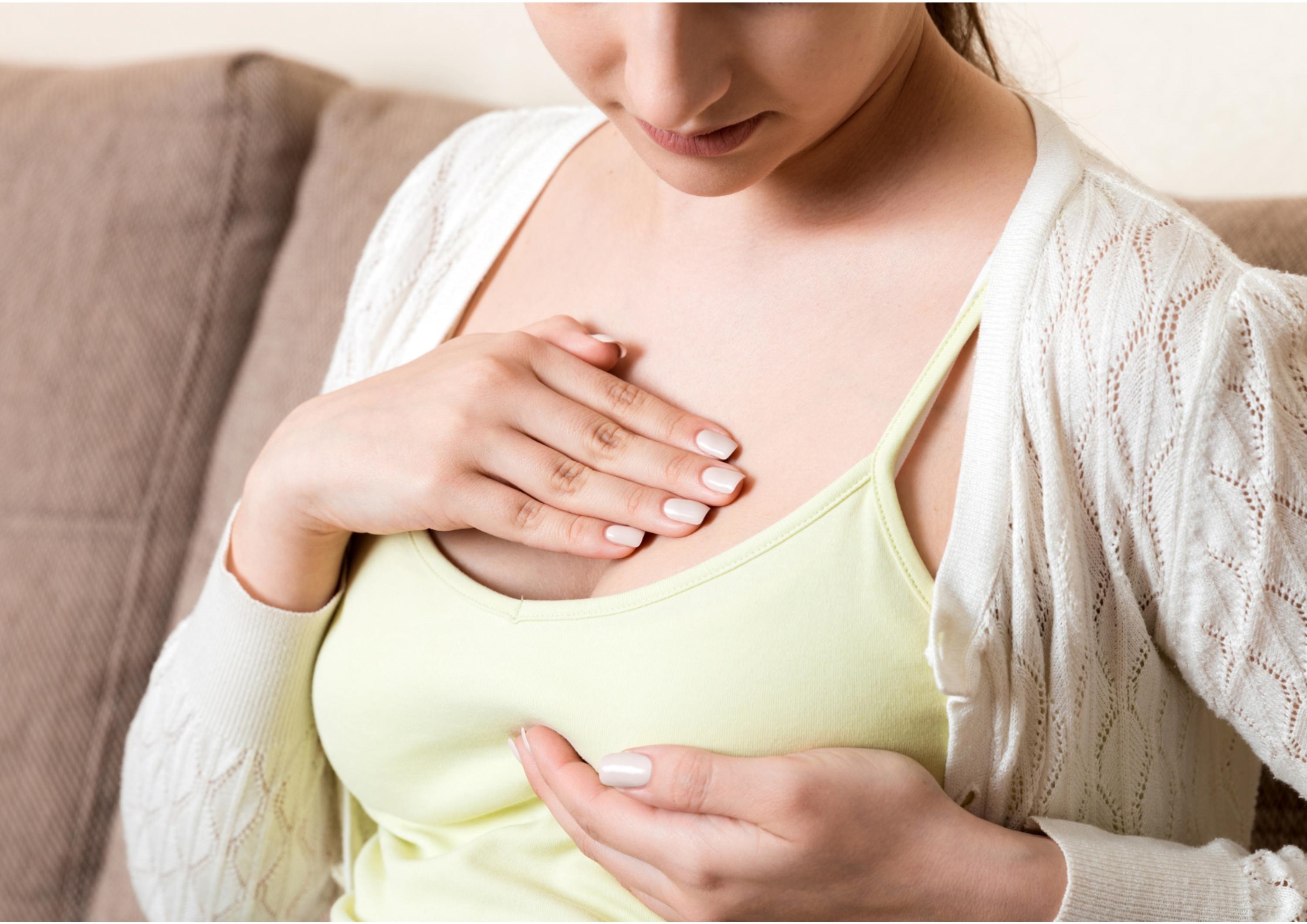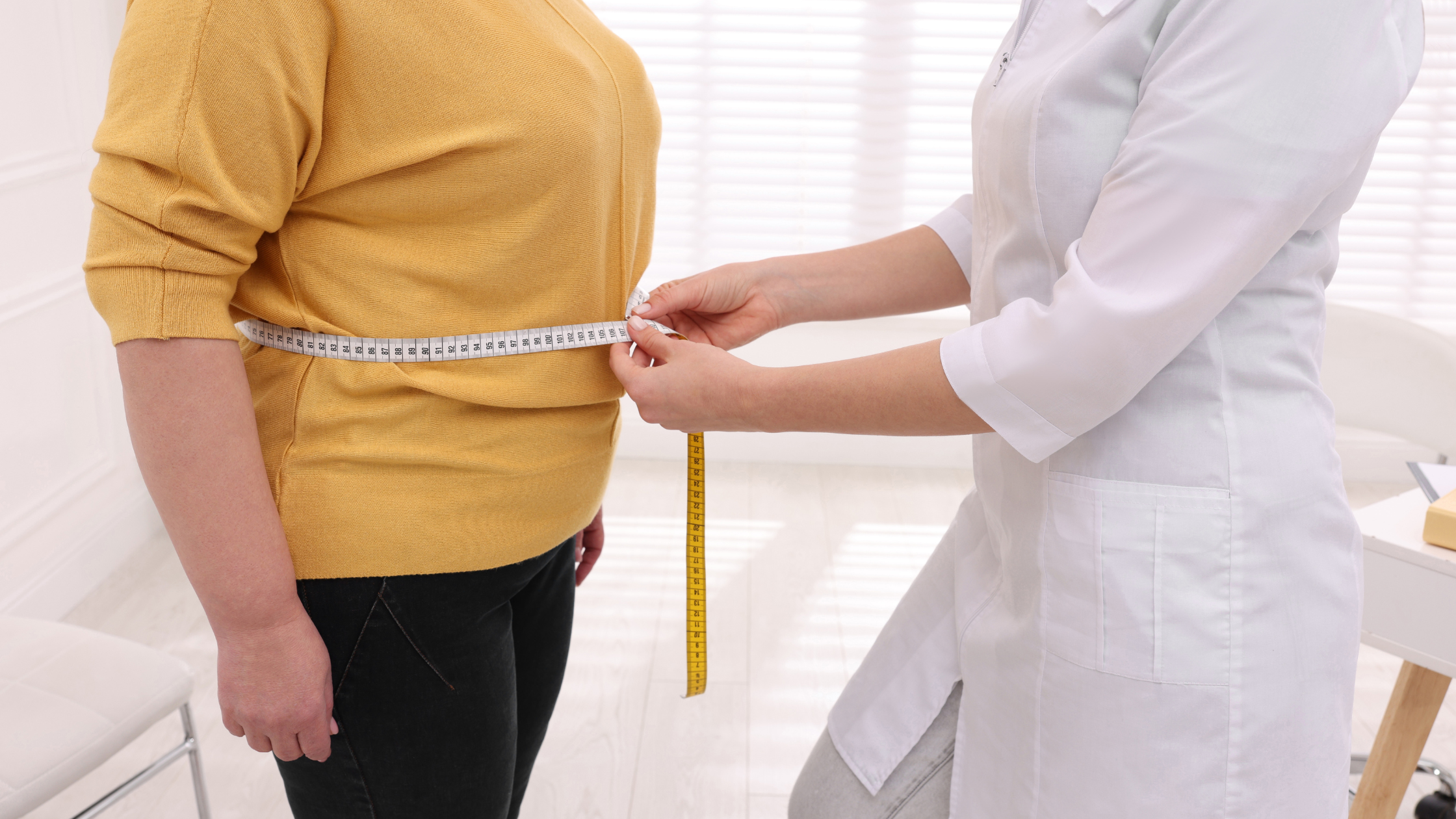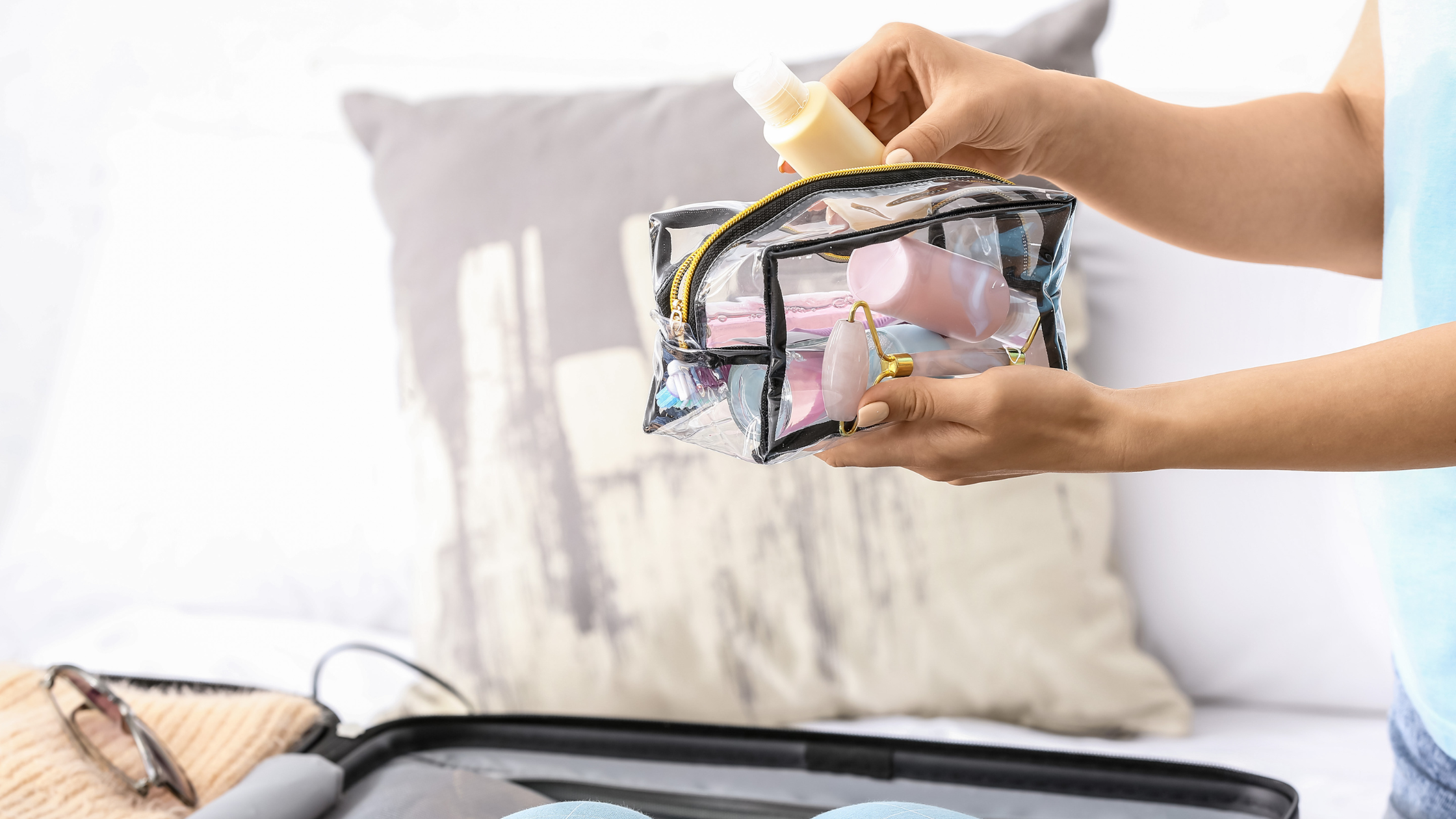Tubular breasts, sometimes known as tuberous breasts, are a condition that can occur in one or both breasts during development and typically result in a ‘cone-like’ shape with enlarged or puffy areolas. This condition is characterised by minimal breast tissue in the lower part of the breast, often creating a wide cleavage gap and a narrow base where the breast meets the chest wall.
As stated by Mr Prasad, our Consultant Breast Oncoplastic and Aesthetic Surgeon, “Tubular breasts develop during puberty, typically between the ages of 10 and 15, when breast tissue starts to form. In some individuals, an abnormal development process occurs, leading to excess tissue in the areola and an irregular shape. The severity of tubular breasts can vary, with some women experiencing mild cases and others having more noticeable asymmetry or sagging. While tubular breasts are medically harmless, many patients report feelings of unhappiness with their appearance.”
Signs of tubular breasts
Tubular breasts can present with one or multiple characteristics, and the severity can range from mild to significant. Common signs include:
Enlarged or puffy areolas
Minimal breast tissue in the lower pole of the breasts
A gap larger than 1.5 inches between your breasts
A cone-like or elongated shape
Sagging of the breasts
Asymmetry (one breast appearing different in shape or size compared to the other)
A high breast fold (where the breast meets the chest wall sits higher than usual)
A narrow base at the chest wall, leading to a ‘pointed’ look
As tubular breasts vary in presentation, some people may not realise they have the condition until they seek Breast Enlargement or Breast Reduction.
What causes tubular breasts?
“The exact cause of tubular breasts is not fully understood. However, research suggests that it is due to a developmental abnormality in the connective tissue of the breast.” Mr Prasad explains. “During puberty, when the breasts should normally expand and grow, the connective tissue in tubular breasts is too tight or constricted, preventing full development. This leads to the narrow base and lack of tissue in the lower part of the breast.”
While the condition is not harmful to your health, it can impact breastfeeding ability in some cases, as the milk ducts may not have developed properly. Many individuals also seek treatment for cosmetic reasons due to dissatisfaction with the shape and size of their breasts.
How tubular breasts are treated
Tubular breast correction is a highly effective procedure for reshaping and enlarging the breasts. Treatment depends on the severity of the condition and the patient’s individual goals.
For milder cases, Breast Enlargement can typically correct the shape and size, creating a fuller, rounder appearance. In more complex cases, a combination of procedures may be needed, such as:
Breast Enlargement with implants to add volume and reshape the breast
Breast Uplift (also known as Mastopexy) to correct sagging and improve breast position
Areola or nipple reduction to address enlarged or puffy areolas
Internal scoring techniques to release tight breast tissue and allow proper expansion
Your surgeon will assess your breast shape, tissue quality, and overall goals before recommending a treatment plan tailored to you.
How much does it cost to treat tubular breasts?
The cost of correcting tubular breasts depends on the complexity of the procedure and whether additional treatments like an Uplift or nipple correction are required. At Pall Mall, Breast Enlargement starts from £5,495, but pricing may vary based on individual needs.
Find out more about our detailed pricing and finance options.
What to do if you’re unhappy with the size and shape of your breasts
If you’re unhappy with the appearance of your breasts due to tubular breast shape, there are several options to explore.
At Pall Mall we offer free, no obligation consultations directly with our GMC-registered surgeons. During your consultation, your surgeon will assess your breasts, discuss your concerns and desired outcome, and recommend the best treatment approach for you. You’ll have the opportunity to:
Meet your surgeon face-to-face and ask any questions
Have as many consultations as you need to feel fully informed and confident in your decision to undergo surgery
Discuss different treatment options, including implant types, uplift procedures, and areola correction
Understand the surgery process, risks, and expected recovery timeline
“As tubular breast cases vary, each treatment plan is tailored to the individual. In some cases, different implant sizes may be required to correct asymmetry and achieve the most natural, balanced result.” Mr Prasad clarifies.
If you are considering tubular breast correction, our expert cosmetic surgeons are here to help. Book a free consultation today to learn more about your options and take the first step towards achieving the look you want.









